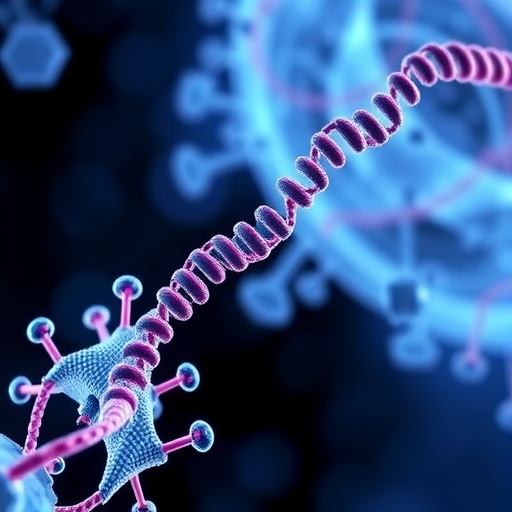New research from the Djavad Mowafaghian Centre for Brain Health at UBC has found a way to partially restore brain cell communication around areas damaged by plaques associated with Alzheimer's disease.
The findings, published this week in Nature Communications, demonstrate a possible target and a potential drug treatment to reduce damage to the brain that occurs in the early stages of Alzheimer's disease. Using Ceftriaxone, an FDA-approved antibiotic used to treat bacterial infections, researchers were able to reduce synaptic disruption and clear the lines of neuronal communication in mice.
Amyloid plaques of -amyloid deposits develop in brain regions of patients with Alzheimer's disease, These plaques are linked to the damage found in Alzheimer's disease because they prevent cell communication and are toxic to nerve cells. The researchers found that the brain areas around these plaques show high levels of glutamate, a signaling molecule essential to communication between brain cells, accompanying high levels of hyperactivity in glia, the brain's support cells. It's in this glutamate-rich environment that communication between neurons is changed or disrupted, causing neurons to die in the later stages of the disease.
"By imaging the glial cells and glutamate itself around the plaques, we were able to see that the cells were not able to 'remove' the glutamate accumulating in these brain areas. By using Ceftriaxone, we were able to up-regulate glutamate transport," explains Dr. MacVicar, principal investigator and professor of psychiatry. "By restoring glutamate levels, we were able to mostly restore neuronal activity."
The team's findings have implications for treatment of early symptoms of Alzheimer's disease.
"This dysfunction in cell communication occurs at a very early stage in the disease, before memory impairment is detectable," says Dr. Jasmin Hefendehl, a former Postdoctoral Fellow in Dr. MacVicar's lab and the lead author on the paper. "This makes our discovery particularly interesting, as it opens a window for an early intervention strategy to possibly prevent or delay neuron and memory loss."
Ceftriaxone is an antibiotic that is commonly administered before some types of surgery to prevent infections. Although a recent clinical trial failed to see improvements for treating amyotrophic lateral sclerosis (ALS), the researchers are hopeful about its potential for early intervention in treating Alzheimer's disease.
###
Media Contact
Emily Wight
[email protected]
604-417-0165
@UBCnews
http://www.ubc.ca
############
Story Source: Materials provided by Scienmag





